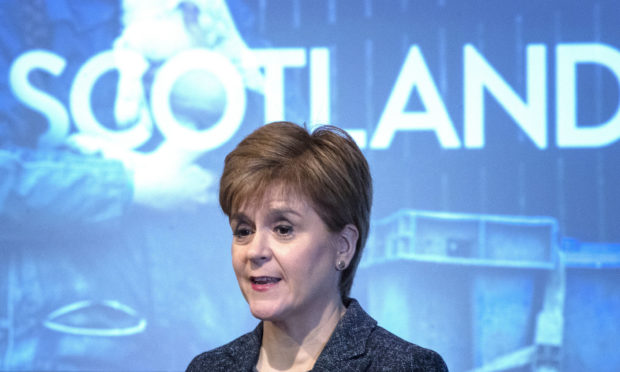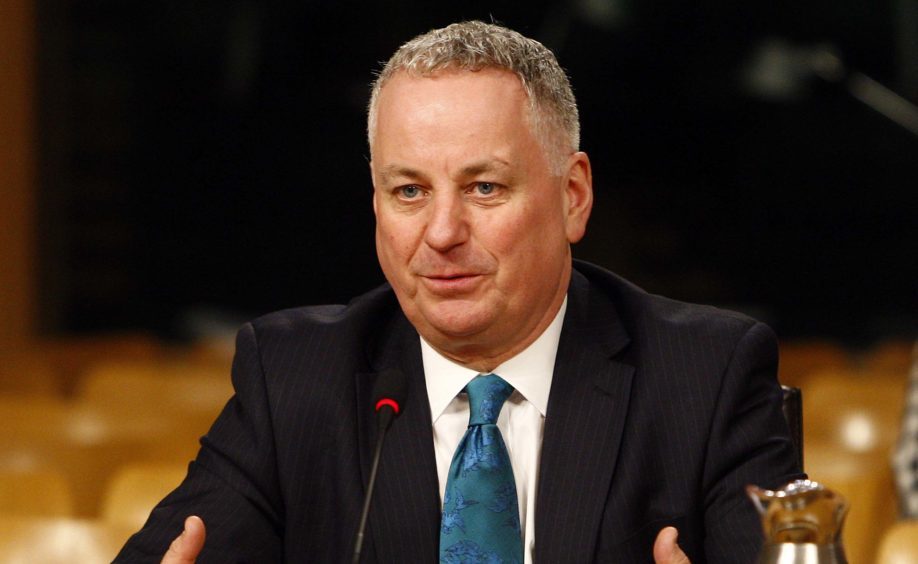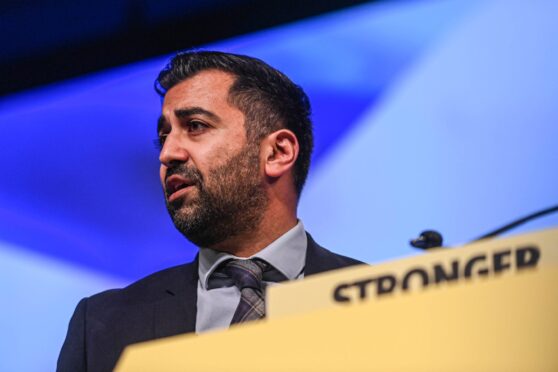When I was in my 20s, many years ago, I was lucky enough to get a visa to work in Australia thanks to that country’s famous points system.
The way this worked at the time was simple but effective. If your skills matched their skills shortages, you scored points, with added factors (such as youth) being a plus point too.
I managed to secure my visa because there was a dearth of newspaper sub-editors, another stroke of luck in a competitive and normally oversubscribed profession.
Britain has come round to Canberra’s way of thinking and Boris Johnson is set to introduce a new UK-wide points-based immigration scheme, which will come into effect in 2021.
The Migration Advisory Committee is expected to report shortly on how such a system would operate.
Reserved matter
“Shortage Occupation Lists” have apparently been drawn up already, although candidates’ skills and qualifications will be taken into account as well as labour gaps.
There are specific Scotland lists, on top of the UK wide ones, and presumably lists tailored to the demands of the Welsh and the Northern Irish.
But the Home Office insists the policy applies to the UK as a whole, given that immigration is a reserved matter – and that we do not, as yet, have separate borders in the UK.
Besides, introducing differentials would make the system “massively complicated”, said a UK Government spokesperson.
Perhaps if the nationalist regime in Scotland focused more on improving domestic services and infrastructure and less on constitutional disruption, the country would not need to have bespoke visas.”
Red rag to a bull. Nicola Sturgeon has long harboured ambitions to oversee an individual Scottish immigration scheme, despite the fact that the issue is not devolved.
Scotland certainly does have its own immigration concerns in that it has a lower fertility rate than elsewhere in the UK, and faces an ageing population time bomb.
Jack McConnell, Scotland’s last Labour first minister, also wanted to create a unique Scottish approach and launched his Fresh Talent initiative to allow foreign students at Scottish universities to stay after graduation.
The policy lasted three years before it was incorporated into the nationwide immigration system in 2008.
Unlike Sturgeon’s plan for Scottish visas, which was slapped down on Monday hours after its launch, McConnell’s brainwave had Home Office backing.
This is because he took the trouble to negotiate its terms with his counterparts in London instead of trying to inflict it on them as a fait accompli.
Sturgeon admitted she had not held discussions with the Home Office ahead of announcing her visa proposals.
Her 92-page blueprint, aimed at ensuring growth in Scotland post-Brexit, included no cap on immigration, and no explanation of how people emigrating to Scotland could be contained here.
‘Naive’
Her reasoning, that immigrants don’t set out to “game the system” and wouldn’t necessarily head south as soon as their visas were stamped in Edinburgh, is naive at best.
If Scotland is to attract a greater proportion of UK immigrants it should surely begin by making this a welcoming place to settle.
Sturgeon mentioned Scotland’s distinct tax codes as a possible means of tracking people with Scotland only visas, but she overlooks the obvious: Scottish taxes are higher than anywhere else in the UK.
If you were entering Britain and had the option of being, say, a teacher in England or in Scotland, the varying levels of taxation would no doubt influence your decision.
Then there is the quality of our schools, the health service, transport links and so on. Perhaps if the nationalist regime in Scotland focused more on improving domestic services and infrastructure and less on constitutional disruption, the country would not need to have bespoke visas.
‘Cobbled together’
However, Sturgeon’s visa ploy has not been a total white elephant. She has quickly, if not very subtly, created new grounds for grievance with Westminster and can now complain bitterly about Scotland’s oppression.
It will be a convenient distraction just as her Commons colleagues Ian Blackford and Mhairi Black are recommending an unlawful independence referendum.
Sturgeon will not be tempted down that foolhardy route. But she does have her movement’s activists to consider, and a call to arms by Blackford and Black will pile pressure on her.
Seen in that light, her cobbled together immigration strategy is nothing but a political tactic by a desperate nationalist.
Fortunately, ministers in London are well versed in that game. Unfortunately, ministers in Scotland have done nothing to tackle a potential demographic crisis.











